In the past few years, popular memes have contrasted popular imagery of angels with biblically accurate angels. The results are pretty funny. It turns out that our popular images of angels are nothing like how the Bible describes them.
Biblically accurate angels actually look nothing like how angels are depicted in art and culture. Though some look fairly similar to humans, others look like a mash-up of humans and animals. Still, others look completely different from anything found in this world. All of them have unique features that set them apart from anything natural.
What do Angels really look like according to the Bible?
There are four types of spiritual beings in Scripture: Cherubim, Malakim, Seraphim, and Ophanim. We call all of these beings angels in popular usage, although only one of the types is actually called by that name in the Bible. All of the names of the angels are transliterations of Hebrew words, some of which give additional information about what these beings might look like.
Cherubim and Malakim are mentioned multiple times in the Scriptures. The Bible Project has a helpful video on these two angel types. It includes some information on what biblically accurate angels look like and is worth checking out.
Seraphim and Ophanim are only mentioned once in the Scriptures, in the Old Testament. However, we actually know more about what these beings look like because the Bible gives us a fuller description of them than the other angel types.
1. Biblically Accurate Cherubim
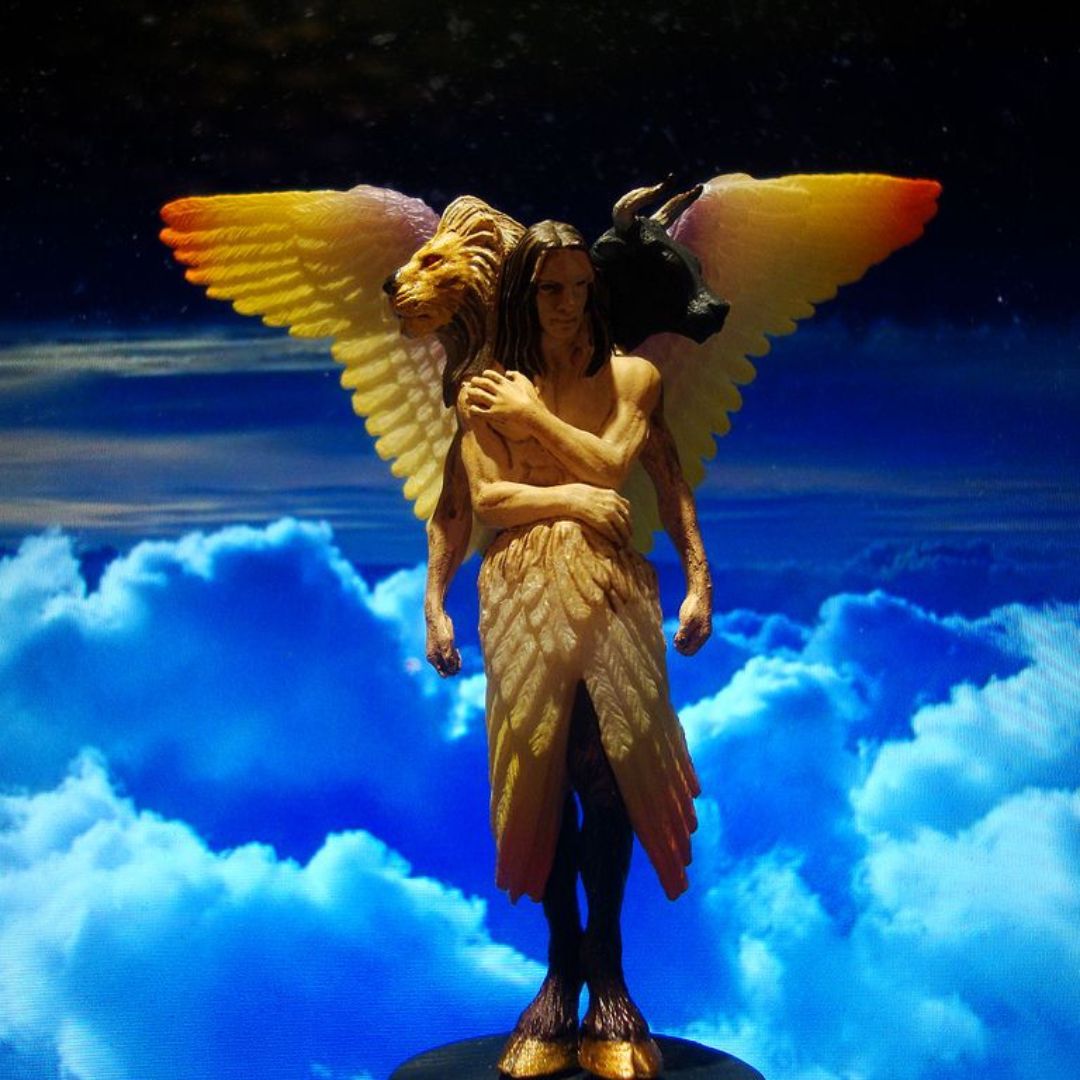
Cherubim is a transliteration of a Hebrew word, but, unfortunately, we’re not sure what it means, so it’s not overly helpful to imagine what biblically accurate angels actually look like. Some suggest that the Hebrew term comes from a word meaning “child”.
This might be why cherubs are sometimes depicted as children in Christian art. However, that’s just one theory among many, and it’s not even a widely held one. Though cherubim are often depicted as chubby babies, according to the Bible, they look nothing like that.
Though Cherubim are the first angels mentioned in the Bible, most passages about the cherubim give us little to no information about what they look like. Even though God instructs the Israelites to include likenesses of cherubim in the building of the tabernacle, the ark of the covenant, and the temple, all we are told about their appearance is that they have wings.
We don’t get a physical description of cherubim until the book of Ezekiel. In chapter 1, Ezekiel describes the cherubim as a mash-up between humans and animals. They are similar in form to humans but have four faces (human, ox, eagle, and lion), four wings, and human hands. They’re also described as on fire or reflecting light in some unnatural way.
Ezekiel 10 gives us an additional detail about at least some of the cherubim: their entire bodies are covered with eyes. The cherubim in this particular passage are connected to another kind of angel, the Ophanim, who is also covered in eyes.
Nothing is said elsewhere about the cherubim having eyes everywhere, so it’s possible that these cherubim are different because of their association with the Ophanim. It’s also worth noting that the cherubim in Ezekiel chapter 10 are described as having four faces, but the faces are different from those in chapter 1 (cherub is one of the faces instead of ox).
While we might not be 100% sure what these angels really look like, we do know that cherubim are not chubby babies. Instead, they are some kind of human-animal hybrid that have wings, glow, and might be covered in eyes. This might not be as cute as a fat baby, but it’s definitely more majestic.
2. Biblically Accurate Malakim
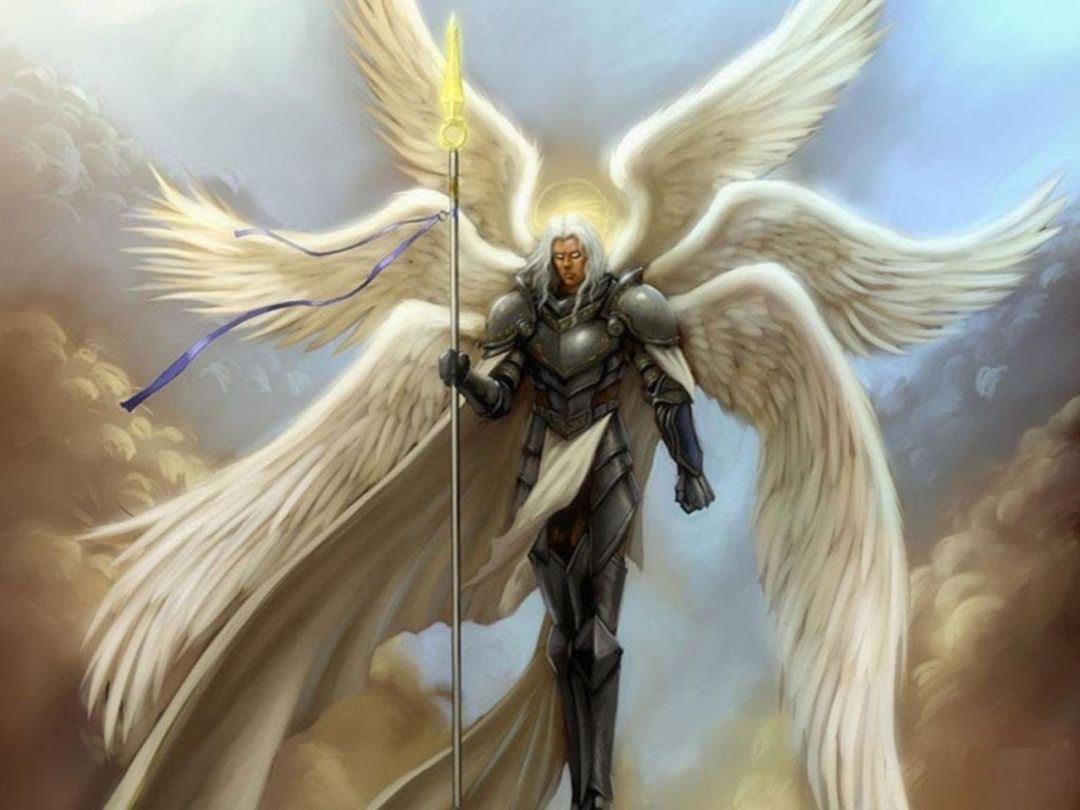
Malakim is just a transliteration of the Hebrew word that means “angels” or “messengers”. Technically, the Malakim are the only spiritual beings that should be referred to as angels. The biblical descriptions of the Malakim are also most similar to how angels are depicted in art and pop culture.
The majority of Bible passages in the Old Testament do not give any description of what angels actually look like. Daniel 10 gives us the best description of biblically accurate angels. Daniel describes them as like men but having a shining quality to them. Their skin resembles topaz and burnished bronze.
The New Testament doesn’t reveal any additional information about what angels really look like, until the very last book. Revelation 10 gives us a detailed description of at least one angel. Verse 1 says this angel “was robed in a cloud, with a rainbow above his head; his face was like the sun, and his legs were like fiery pillars.”
These two descriptive passages seem to demonstrate that biblically accurate angels are bright and shining. However, the book of Hebrews reveals that some people have entertained angels without knowing it. This means it is possible for angels to look just like anyone else if they desire.
Popular depictions of angels are wrong about one thing. The Bible never depicts angels with wings. We really don’t get tons of details about what these creatures look like or what they can look like, but they don’t have wings, and they resemble humans.
3. Biblically Accurate Seraphim
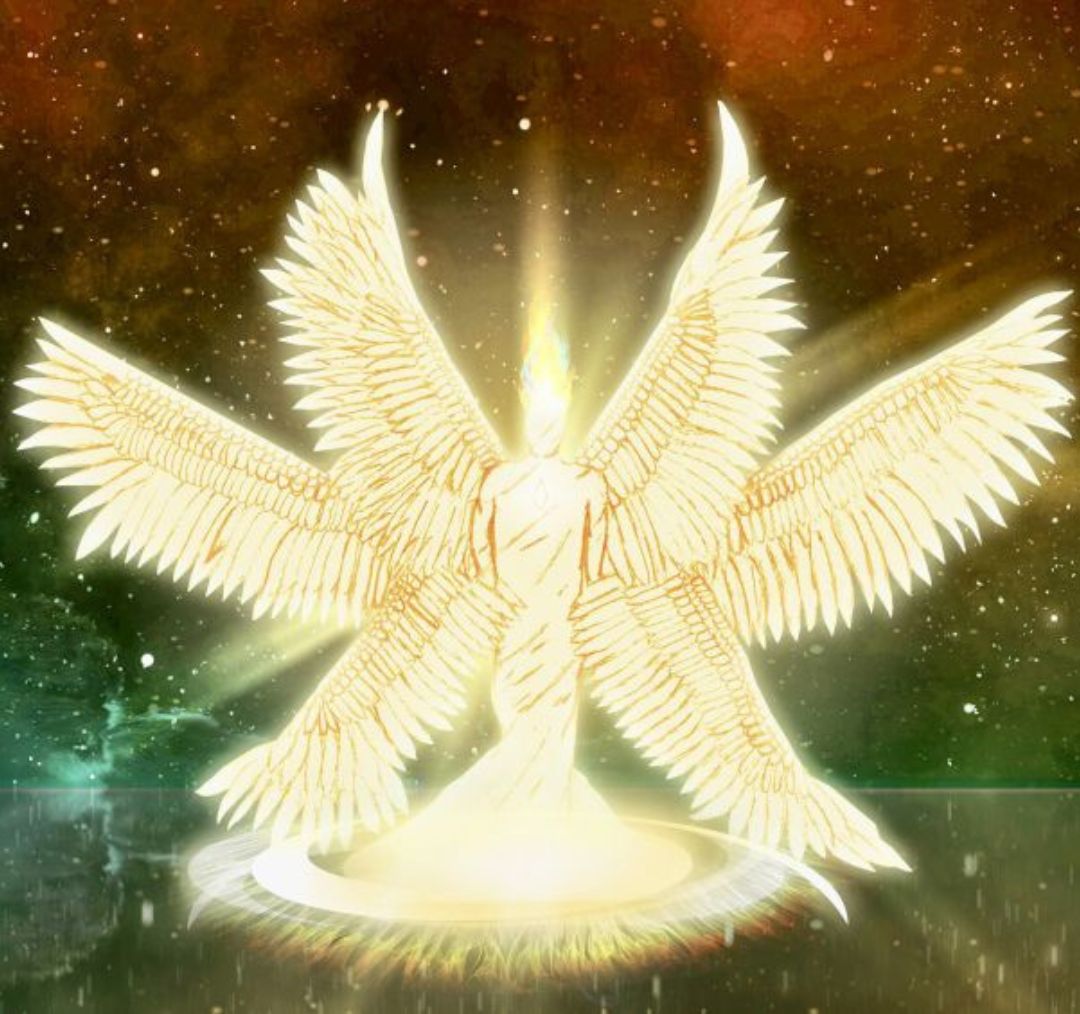
Seraphim is also a transliteration of a Hebrew word. The word literally means “burning ones”. The Bible only uses this word once in Isaiah 6.
In this chapter, God appears to Isaiah in a vision. He sees these burning creatures that have six wings and are praising God. Other than having six wings, the only thing we know is that these creatures also have faces and feet, because they use their wings to cover them.
That’s not a whole lot of description to go on, so artists have speculated that they might have looked relatively normal or extremely supernatural. Many artists’ depictions of the Seraphim combine features from the other types of spiritual beings mentioned in this article (like giving them eyes all over or multiple faces), which may or may not be accurate. We simply don’t know because we have so little information.
4. Biblically Accurate Ophanim
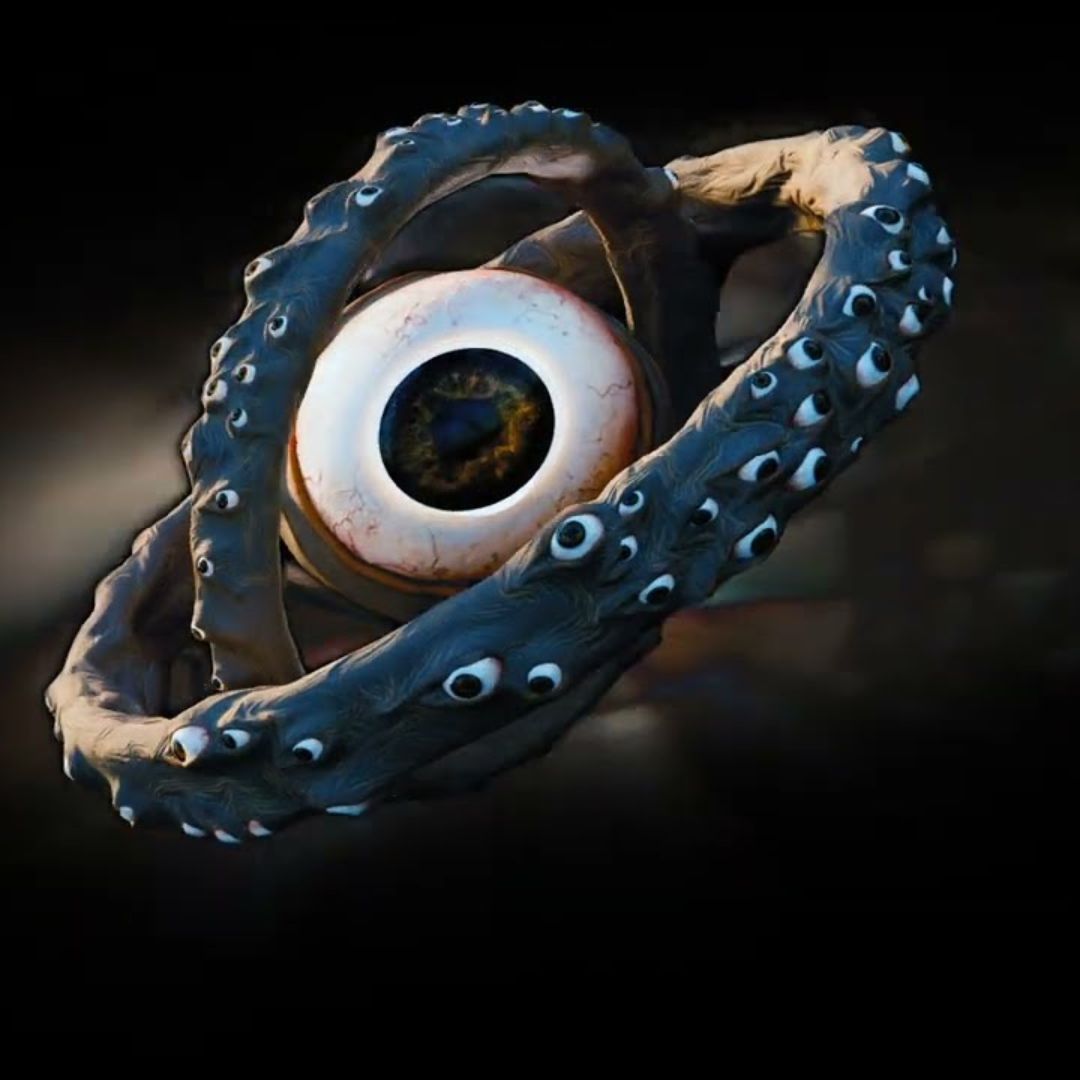
Like the Seraphim, the Ophanim are only mentioned in a single Bible passage, in this case, Ezekiel 1. The name Ophanim is just a transliteration of the Hebrew word “wheels”. These creatures sound very strange, so it’s worth looking at the text directly.
Remember, these creatures appear in conjunction with the Cherubim in Ezekiel. The passage reads like this:
This is probably the fullest description that we get of any spiritual being in the Bible. It may also be the strangest description. While it’s hard to imagine exactly what these creatures might have looked like, this video gives a living and short example.
FAQ
Can an angel be in human form?
Yes, there are many examples in the Bible of angels appearing in human form. In fact, the Malakim seem to look very much like humans, only shinier and more majestic. However, they can blend in completely with humans when they want to appear without detection.
Why are biblically accurate angels so creepy?
Some types of angels (in my opinion, mainly the ones that are depicted as having eyes all over them) seem “creepy” to us. I think this is simply because they are from another realm. They are literally “out of this world”. They’re unlike anything we see in our day-to-day lives.
Authors of the Bible use descriptions of them, but these may be more or less accurate. After all, they are trying to describe something that no one else has seen and that isn’t like anything else. It would be like trying to describe a new color. We just don’t have the words to do it justice.
Additionally, these angels are often depicted as a part of a prophetic vision. Their appearance may have significance for the message that God is trying to get across to the prophet or the people he’s addressing. These unusual and creepy features may actually have a deeper meaning for their original audience that is lost on us.
It’s worth noting that not all angels are creepy. Paul, Peter, Jacob, and many other Bible characters who encounter angels might be startled during their encounters, but they aren’t terrified or “creeped out.”
Are there female angels?
Most likely, no. Jesus tells us that angels don’t get married and that in heaven, we will be like them. That may mean that they don’t have gender or that there is only one gender for angels. If there is only one gender, it would appear to be male or most like what we think of as male.
All the words that are used to describe angels in Hebrew and Greek are masculine. However, in those languages, as in many other languages besides English, all words are either male or female. That doesn’t mean that angels are biologically/sexually male in the same way as humans, but it probably means that angels more closely resemble males than females.
There are no examples of female angels in the Bible. That doesn’t guarantee that there aren’t female angels. There is just no evidence that there is.
Conclusion
It’s hard to know what biblically accurate angels really look like. The Bible doesn’t give us as many details as we would probably like. Based on what we know, it’s pretty difficult to come up with a realistic depiction of angels.
We do know that there are different types of angels who all have different appearances. We also know that the Bible’s descriptions of angels have very little in common with how they are popularly depicted.
Though we can’t be completely sure of the true form of angels, we can be sure that they are majestic, mysterious, and nothing like anything we experience in our everyday life.
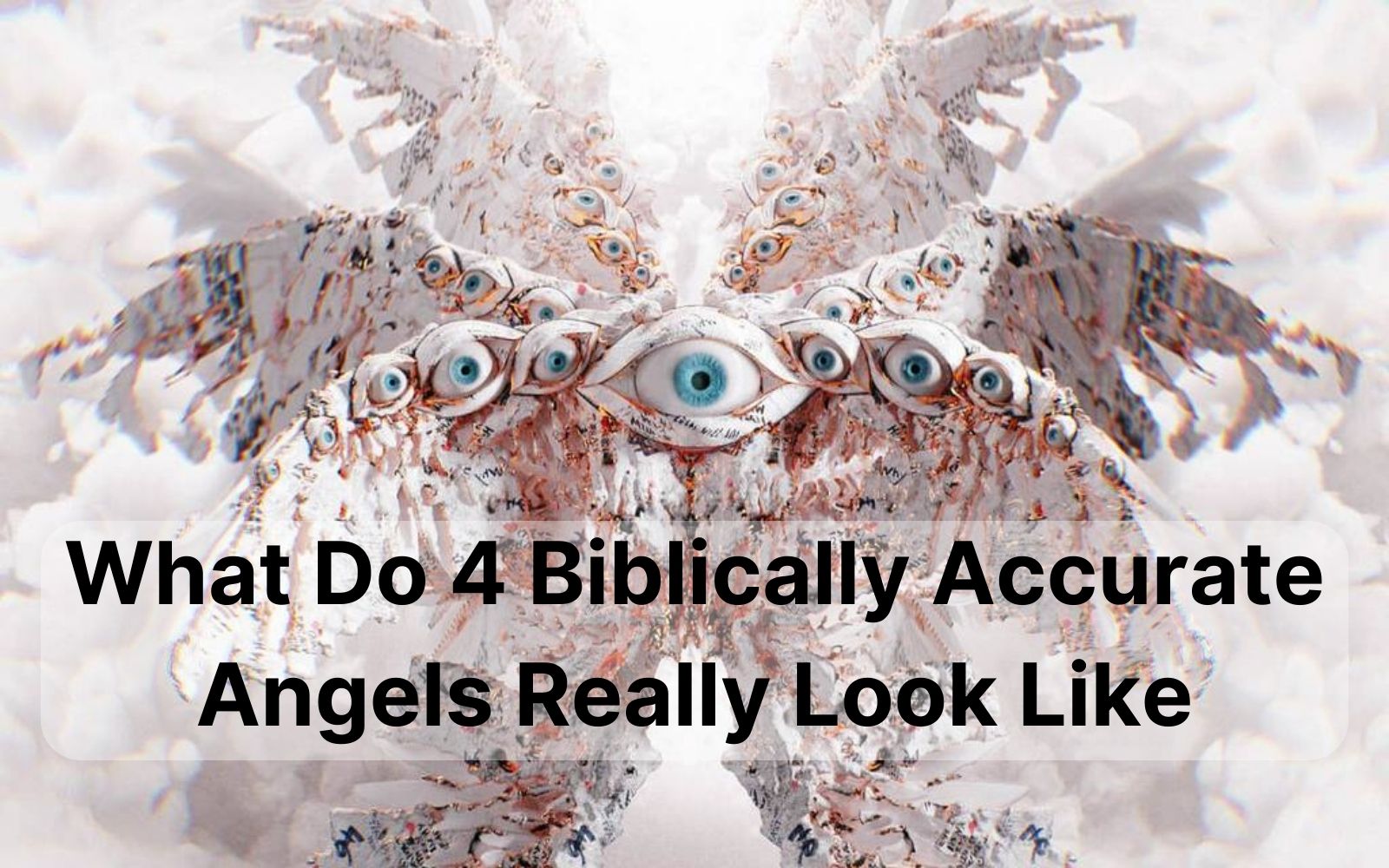
Labeling an image “Biblically Accurate…” should not be followed by clearly inaccurate depictions. The faces on the “creature” are incorrectly placed, and yes, it does matter. The direction each face is pointed is key to understanding this.
Unfortunately, your idea of the wheels being a type of angelic creature is too literal. The only entity mentioned in direct relation to these wheels is the Spirit of the creatures.
There is quite a bit of knowledge in the elements of this vision. In part, the four “creatures” represent Israel in the wilderness; the wheels speak of the Spirit of God and some of His activities.
The information you gave was more insightful and well thought out than much of the media offered on this website. Thank you.